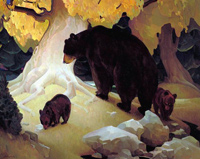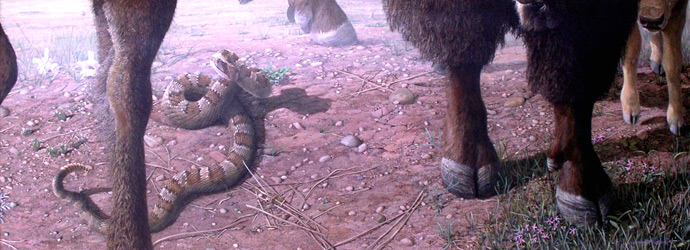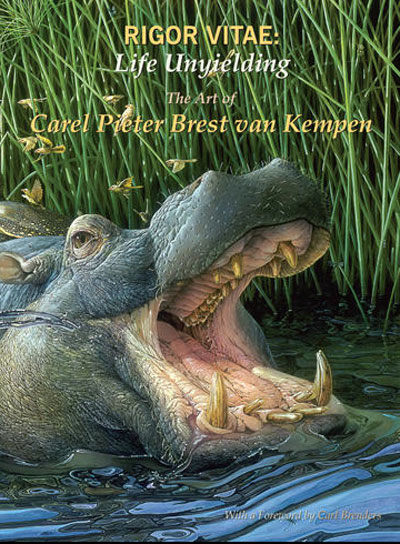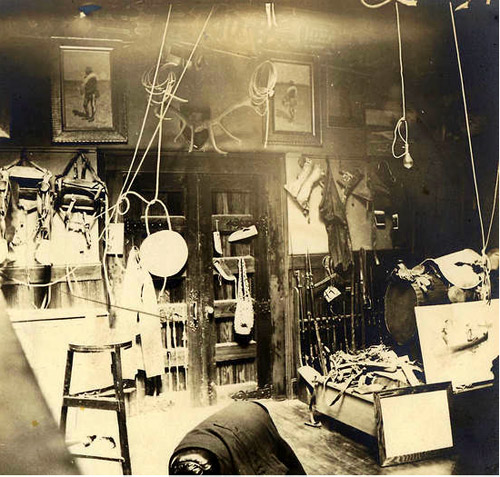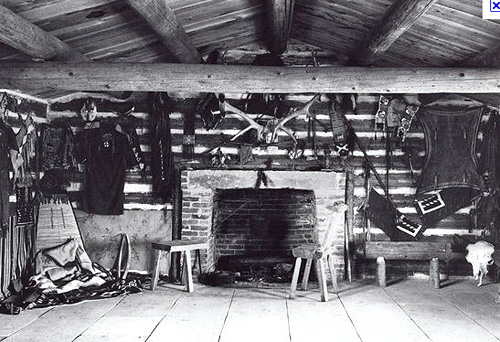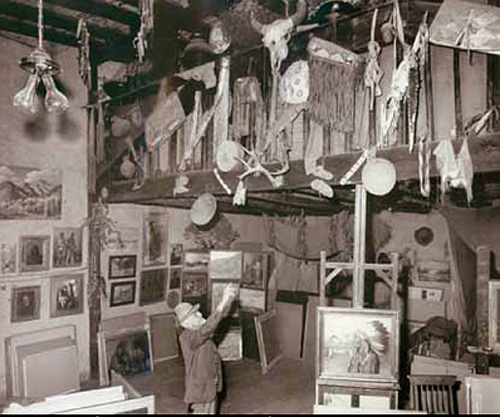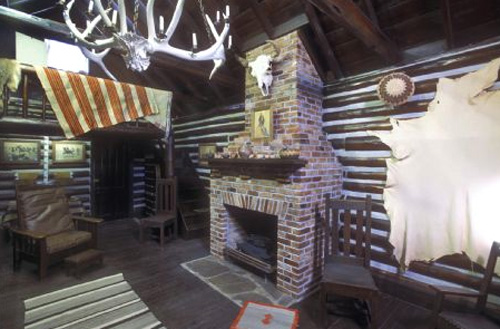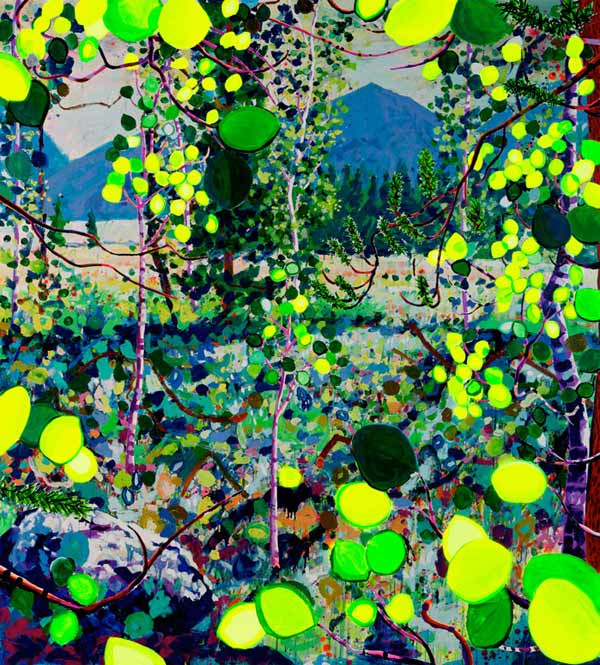Painting of the Day, November 27, 2011
 Sunday, November 27, 2011 at 9:52PM Tweet
Sunday, November 27, 2011 at 9:52PM Tweet By Donna Poulton
W. Herbert “Buck” Dunton (1878 – 1936), The Open Range, 1920s, oil on canvas. Credit: 1ArtClub.com
W. Herbert “Buck” Dunton was a successful illustrator working for Scribner’s, Harper’s, and for Zane Grey before settling in Taos and becoming founding member of the Taos Society of Artists. Before his work became more stylized toward the end of his career, Dunton used a softer more impressionistic approach to paint the sun-drenched landscape that surrounded him.
The value range of lights and darks can only be seen on the riders and horses. There are no shadows because the sun seems to be directly overhead. The abscence of value is more easily illustrated in this photo-shopped black and white image.
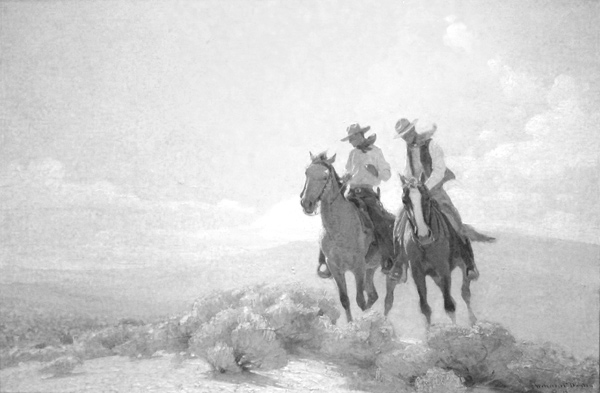
To see more of Herbert Buck Dunton, you might like our prior post on the painting Fall in the Foothills.
